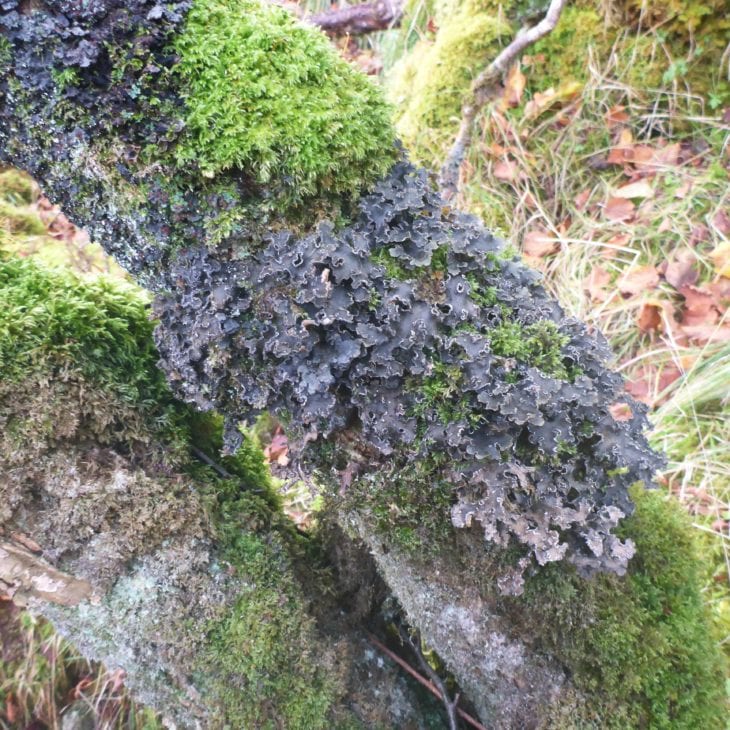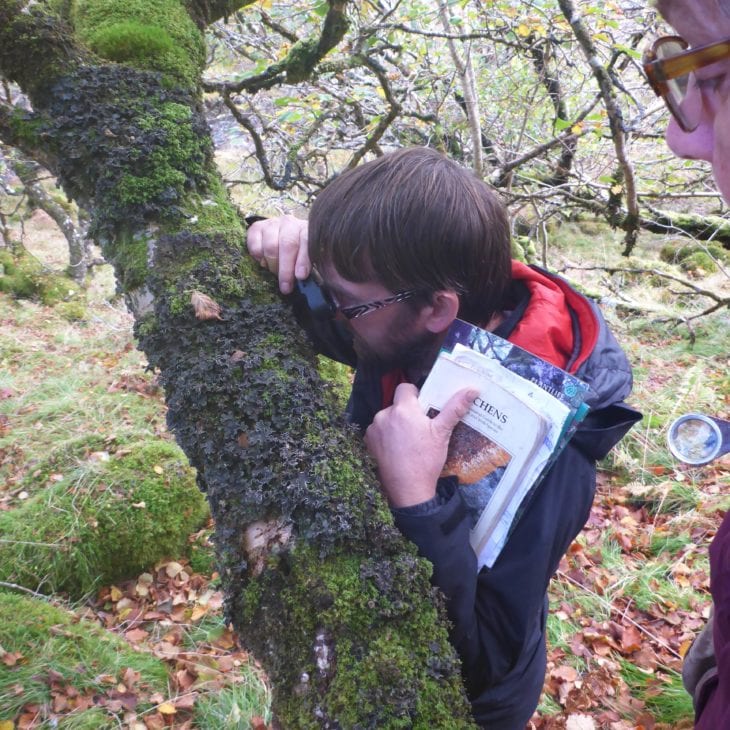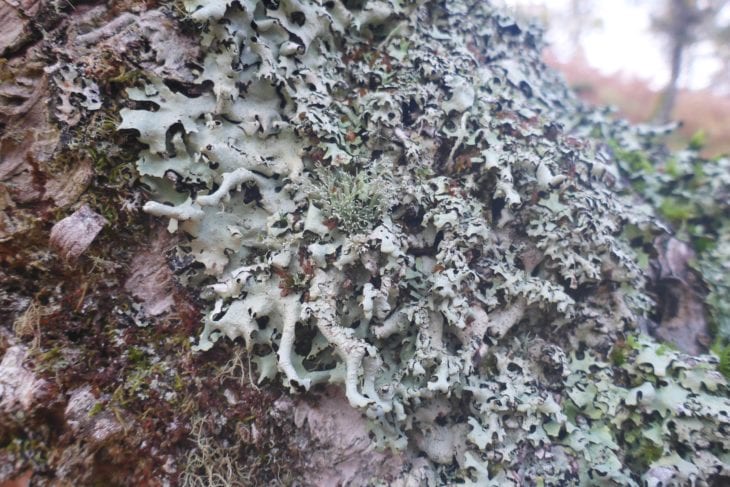A Liking for Lichen
,
Last week I spent my time wandering around woodlands learning about the Lichens that are associated with out Atlantic Hazel Woodlands. Along side the Assynt Field Club, we were joined by Andy Acton of the British Lichen Society for a pretty intense 5 days of Lichens.
Atlantic Hazel Woodlands are classed as Hazel (Corylus avellana) that grows on the oceanic areas of the West Coast, dubbed the ‘Celtic rainforest’ as they are so green and great for biodiversity. Nearly every centimetre of bark is covered with some type of lichen or moss, creating a wonderful mosaic on the multi-stemmed hazels. Because this is such a special habitat, some of the lichens can be found nowhere else in the world. Although they are some of our most Ancient habitats they are under recorded as a woodland type and hence the biodiversity (including the lichens) is also under recorded.

Hazel Woodlands are important for a whole range of associated species but in recent years their condition has suffered, for a variety of reasons. For example, we know that in some areas old hazel stools show little or no regeneration; they are aging and will die if not protected from over-grazing . However, Andy noted that in the case of our stands of Hazel, protection from grazing was not necessary as flushes of regeneration are also important. Protection from sustained heavy browsing is key. Our sites have had this regeneration over the last 30 years, possibly due to a lack in management. It was also noted that some level of browsing is desirable for a biodiverse woodland and many important woodland features, such as well-developed lichen flora.
Our Hazel Wood Audit Project has the aims of
- Identify the extent, location and condition of hazel woods remaining in Coigach and Assynt.
- Map and catalogue all major stands of hazel.
- Assign an index of importance based on the presence/absence of key indicator species and assign an index of the threats each stand face

So off we went to several of our Hazel patches over Coigach and Assynt to search and record which species were found currently in our Hazel woodlands. Some had had more management than others, so the stems ranged in ages between woodlands. This meant that some of the woodlands had more ‘pioneer species’, others had more ‘Ancient Woodland Indicator’ (AWI) species and some had a mix of both.
Some of the AWI species included:
- Pyrenula occidentalisand, a Pox Lichen
- Pyrenula laeviga , a Pox lichen
- Thelotrema petractoides, a barnacle lichen
- Hyporachyna taylorensis, Tailed loop lichen
- Degelia cyanoloma, Western Plum fruited felt Lichen
- Leptogium burgessii, Frilly Fruited Jelly-skin Lichen
- Sticta sylvatica, a Stinky Sticta
- Nephroma laevigatum, a Kidney Lichen
- Collema fasciculare, Octopus suckers
- Pseudocyphellaria norvegica, Norwegian Speckle Belly
- Pseudocyphellaria intricata, a Speckle Belly lichen

A full list of species found over the five days will be created by the Assynt Field Club www.assyntwildlife.org.uk
More information on our Hazel Wood Audit project can be found here https://www.coigach-assynt.org/project/hazel-wood-audit/
More information on Lichens can be found here http://www.britishlichensociety.org.uk/
